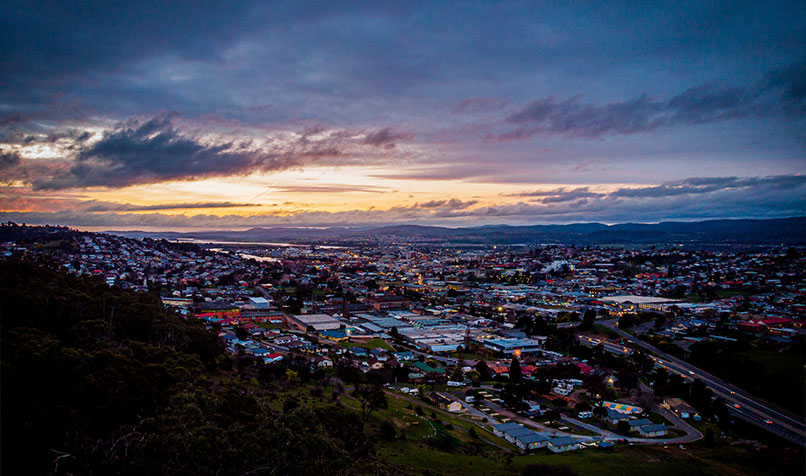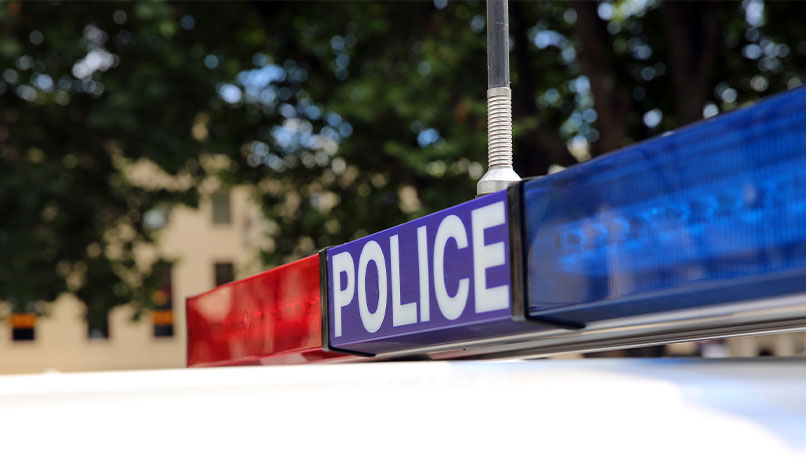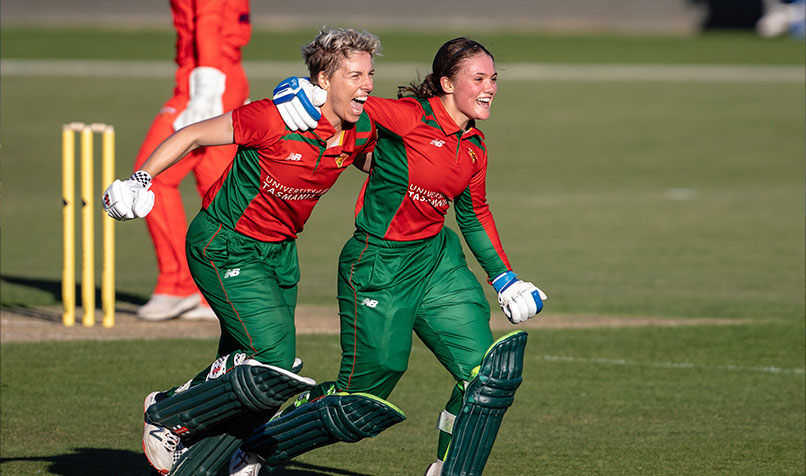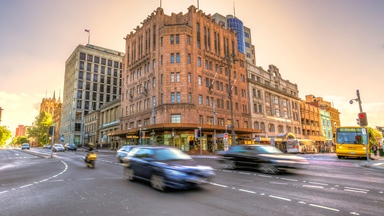Loading component...
At a glance
The $8.3 billion Tasmanian budget forecasts a deficit of $474.6 million turning to modest surpluses of $32.2 million in 2025.
Payments from the Federal Government are critical however, and GST payments comprise around 65 per cent of all Tasmanian Government revenue.
The budget is noteworthy for including, for the first time, a separate “Gender Budget Statement” that addresses areas of inequity experienced by women, men and gender diverse Tasmanians and outlines a range of spending initiatives.
Driving the state’s finances this year are a 3.8 per cent unemployment level, just below the national 3.9 per cent average, and a 25 per cent increase in exports powering 3.8 per cent economic growth as Tasmania has rebounded after the pandemic lockdowns and border closures.
Economic growth, however, is forecast to decline to 2.75per cent in 2023-24.
Ferguson says that despite the strength of the local economy, global events had translated into “higher costs for Tasmanian households and businesses.”
Cost-of-living measures

“That is why the Budget provides over $305 million in concessions to support vulnerable Tasmanians to meet essential costs of living, including the cost of water and sewerage, electricity and council rates,” he says.
The budget includes $39 million over four years in concessions for water and sewerage bills, indexed annually in accordance with movements in the Consumer Price Index, to ensure the value of the concession is maintained.
A further $79 million in council rate remissions will be provided over the next four years, while electricity concessions of $186 million will also be provided to eligible concession card holders to help manage their electricity bills.
In the housing sector, the budget extends the $30,000 First Home Owner Grant to the end of June 2023 and increases the property value threshold for stamp duty concessions to $600,000, to reflect increasing property prices.
The threshold for the HomeShare program is also extended, doubling the state’s equity contribution to a maximum of $200,000, and the Residential Land Rebate has been doubled to $30 million to release land for home building.
The budget will see the government invest up to $538 million into social and affordable housing and homelessness initiatives, with $204 million in 2022-23 alone.
“We’re also on track to build 1500 homes by June next year, rising to a total of 10,000 new homes by 2032 as part of our 10-year $1.5 billion housing package,” says Ferguson.
“We are making good progress in establishing Tasmania’s new Housing Authority, which will be tasked with building and acquiring these homes, as well as partnering with our community housing partner organisations to increase supply and deliver more affordable homes than ever before.”
Infrastructure, health and taxation measures

If major spending lines, the budget includes an allocation of $5.6 billion on infrastructure projects, more than half of which will be spent on bridges and roads.
Initiatives include $251 million towards the construction of a new Bridgewater Bridge, and $123 million towards roads of strategic importance.
Around a third of the budget is allocated to health, while 25 per cent is spent on education and 10 per cent on law and order and public safety.
In the area of taxation measures, the payroll tax rebate scheme has been extended to the end of June 2024 to enable more businesses to employ apprentices, trainees and young employees.
Business impacts

Gavan Ord, CPA Australia’s Senior Manager for Business and Investment Policy, notes that like the Victorian, WA and NT budgets, the Tasmanian budget has few measures of direct relevance to business and CPA Australia members.
“This is not surprising given the significant support the state government has delivered to Tasmanian businesses over the course of the pandemic,” says Ord.
He adds that while the Tasmanian Government has led the nation in providing incentives to small business to seek advice from an adviser of choice, CPA Australia would have liked to see an expansion of their scheme, called the Small Business Advice and Financial Guidance Program.
“With high inflation, labour shortages and supply disruptions, challenging times remain for many businesses, and they need help to manage through this period and set themselves up for future success.”
Ord also adds: “It’s pleasing to see the Tasmanian Government make a gender budget statement for the first time, including investments in implementing the Tasmanian Women’s Strategy, improving workforce participation by women and women leadership scholarships.”
As part of the gender statement, the budget allocates $800,000 to the Tasmanian Women’s Strategy, while $740,000 is allocated to develop a Women and Girls in Sport Strategy and $450,000 to support increased gender and cultural diversity across the resources sector and a further $450,000 to promote women’s leadership in hospitality.
Other budget measures

The budget also addresses climate change by waiving stamp duty charges on the purchase of electric vehicles and allocates $4.6 million out to 2030 to transition the government vehicle fleet to EVs.
There is also a no-interest loan scheme to support Tasmanian households with energy efficiency upgrades.
Ferguson says the success of the JackJumpers basketball team “reinforced the value of sport in our community” and $1.25 million was allocated for the state’s ongoing quest for an AFL licence through the AFL Team Taskforce and Stadium Feasibility Study, to enable the important work of the AFL Licence Taskforce.
Tasmania is also seeking to become involved in the space economy with $500,00 allocated to the Tasmanian Space Technology Seed Fund.

